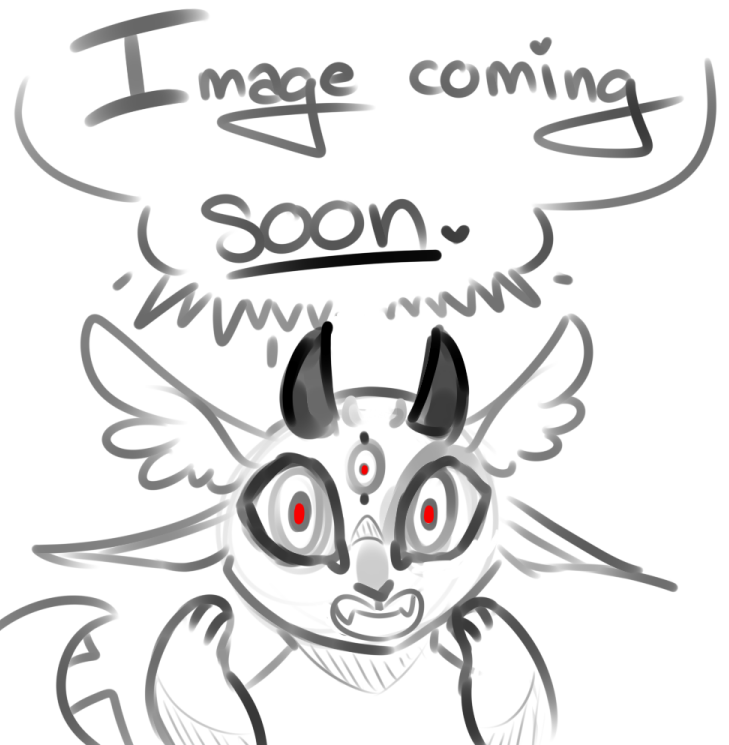Hippogriff

Eagle in the front, horse in the back, the hippogriff is a proud, majestic creature that must have its respect earned before it can be ridden.
Aging
0-1: Foal (colt for males, filly for females)
1-2: Yearling
2-150: Adult
150+: Elder
Average Lifespan: 200 years
Diet
Hippogriffs are omnivorous, but have a strong preference for meat. Small mammals and fish make up a large part of their diet.
Credit goes to Kila for writing
Appearance
Hippogriffs are the size of the average horse though some may be larger depending on their breed. The front half is that of a raptor, usually eagles, and their back end is that of a horse. Their colors usually correlate through their body, depending on the type of raptor they’re based on, and patterns like paint and piebald are common. The feathers on their front half stop shortly after their wings, and transition over to the silky coat of a horse.
Their beaks are sharp and powerful, and can easily sever a finger if one isn’t careful. The eyes of a hippogriff are powerful; they can see up to two miles away as clear as if it were right in front of them. Their front legs are scaly, and end in dangerously long talons. Their back legs are equine in nature, and their hooves pack a powerful kick.
Hippogriffs take great pride in their appearance, and spend much of their time preening.
Abilities
While not gifted with magic, Hippogriffs are physically magnificent creatures. They can run for long distances, fly for even longer, deliver slashing blows with their talons, and even devastating kicks with their back legs.
These beautiful creatures are highly coveted mounts, though not just anyone can ride them. Aerial cavalry are especially fond of hippogriffs, as they have the ferocity of a gryphon with the temperament of a horse.
Culture
In the wild hippogriffs live in small flocks, usually consisting of a a few stallions and their mares and offspring. They travel across their vast territories in search of food, and travel south when the weather gets cold. Their flight allows them to settle in all manner of environments.
They hunt on their own, and can do so either on land or in the air. Young hippogriffs incapable of flight are fed by the rest of the flock, and once they’re able to fly they’re expected to help.
Hippogriffs are very proud creatures, even among their own kind. They demand respect from everyone, especially their own kind, and disagreements are settled through duels. These duels aren’t to the death, but to submission. They attack with their front legs, delivering painful blows with their talons, until one bows in submission to the other.
Unfortunately many races don’t understand this particular custom, and many end up wounded by an angered hippogriff seeking repayment for disrespect.
Domestic hippogriffs are very finicky to tame, and tend to bond with only one rider. Riders and hippogriffs are paired when the beast is young--it’s easier to gain the respect of the young hippogriff that sees you as its caretaker than an adult. To even approach an adult hippogriff you must bow low to it while making unbroken eye contact, and wait for the beast to bow back. If it doesn’t, they have deemed you unworthy of their respect, and further attempts will enrage the hippogriff.
Once the respect of a hippogriff is earned, their loyalty is boundless. To insult their keeper is to insult the hippogriff itself, and anyone foolish enough to do so should start praying to their god.